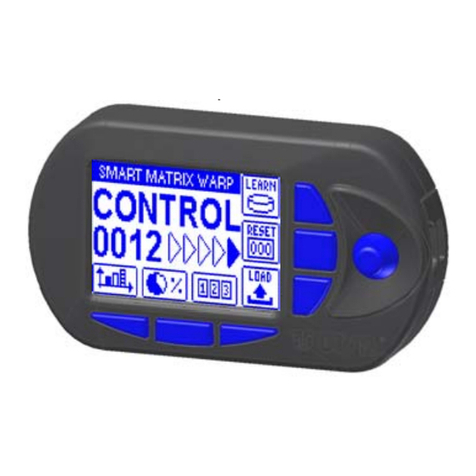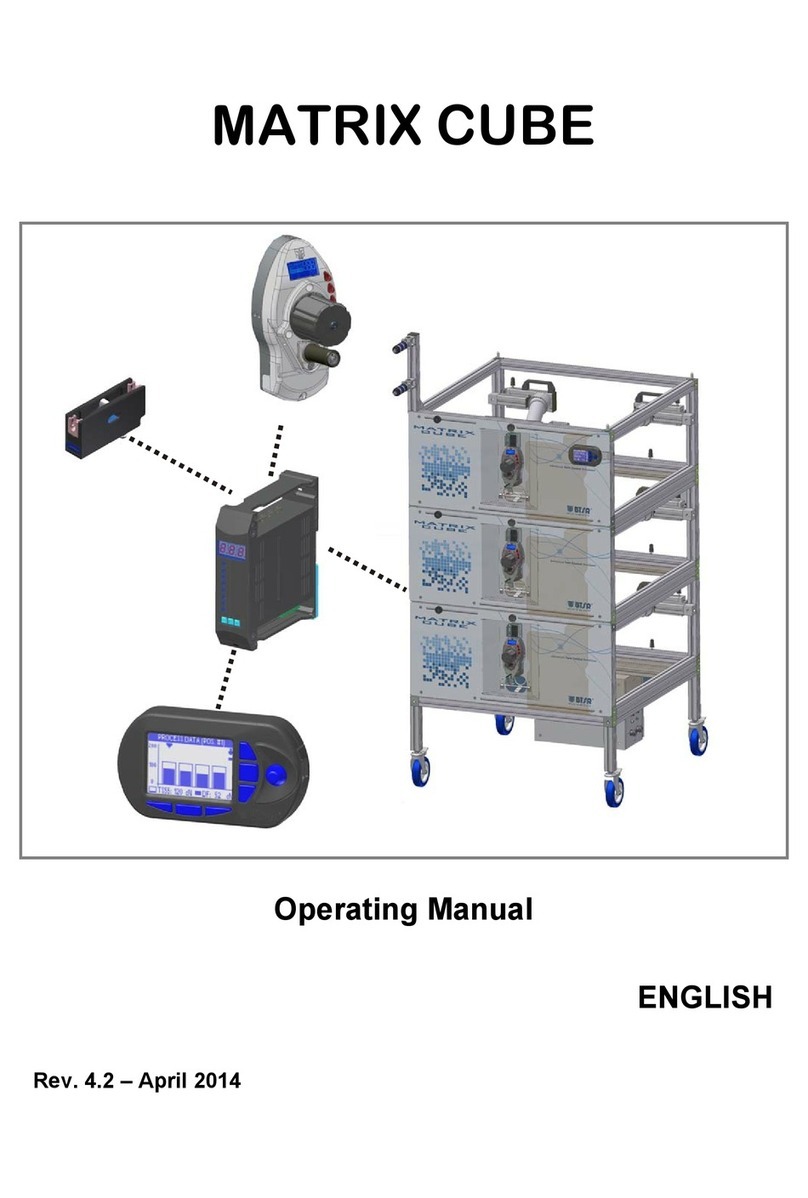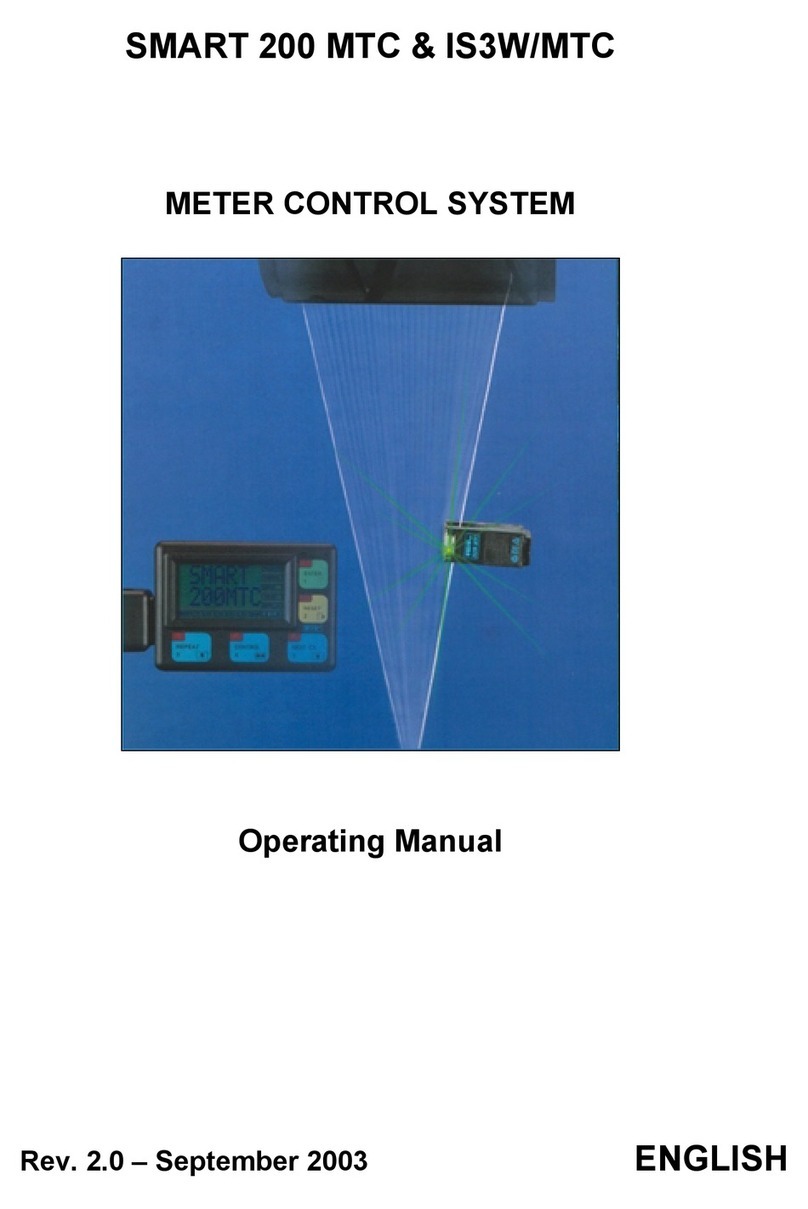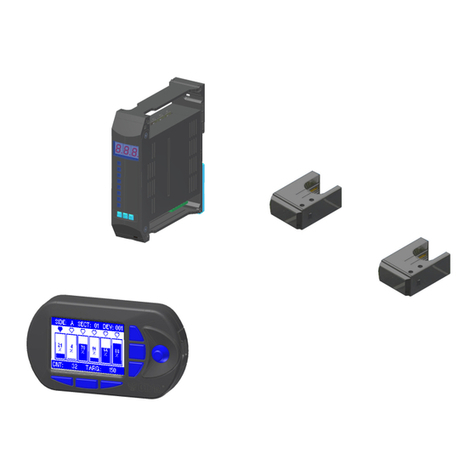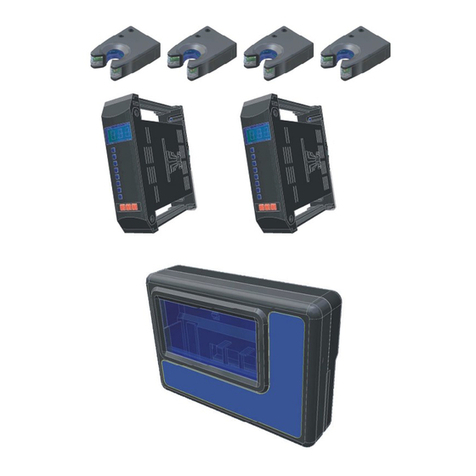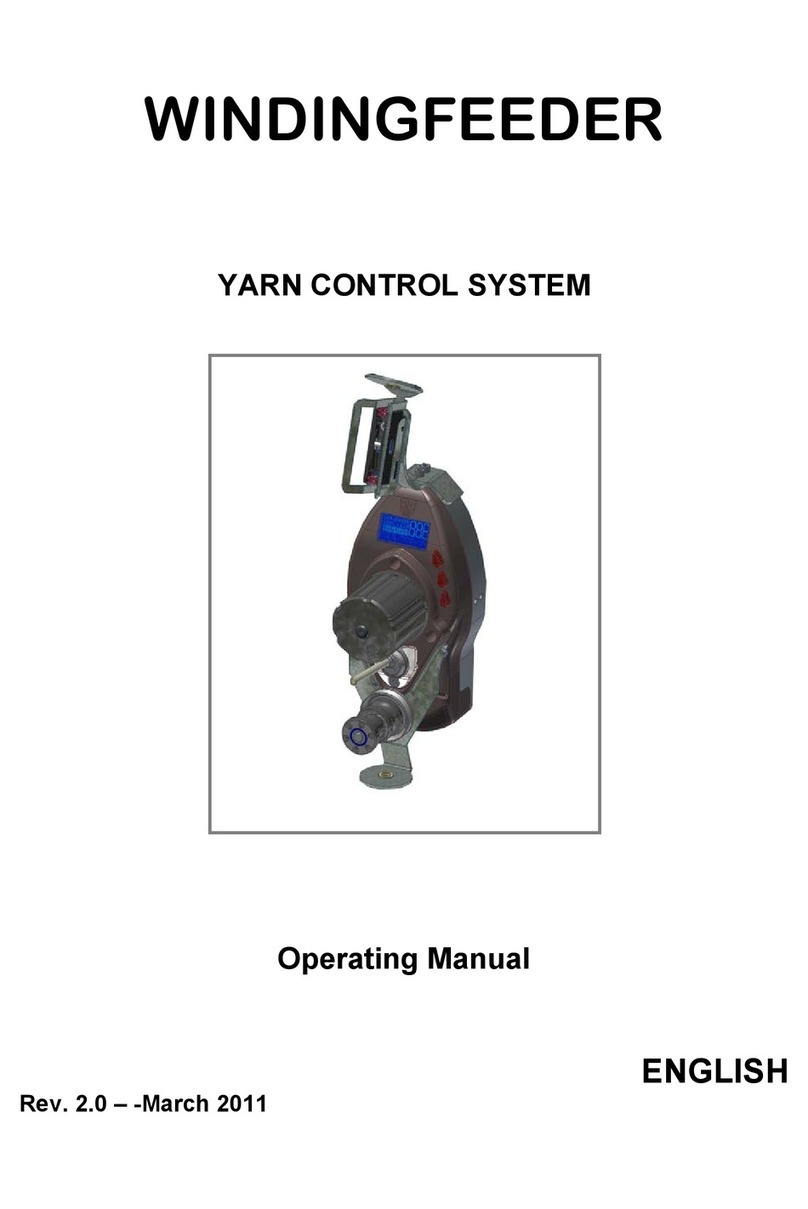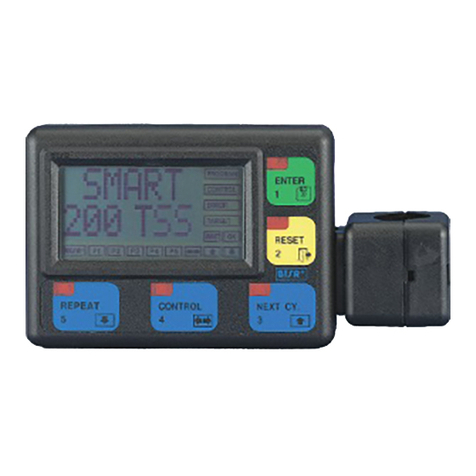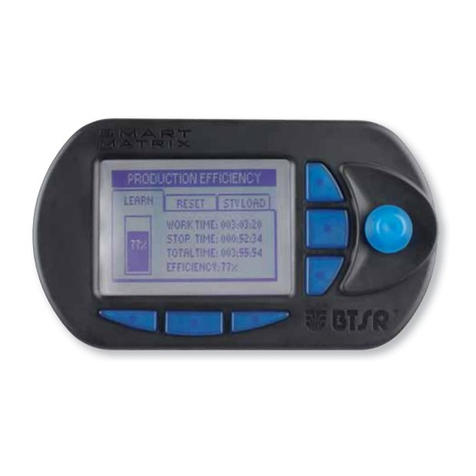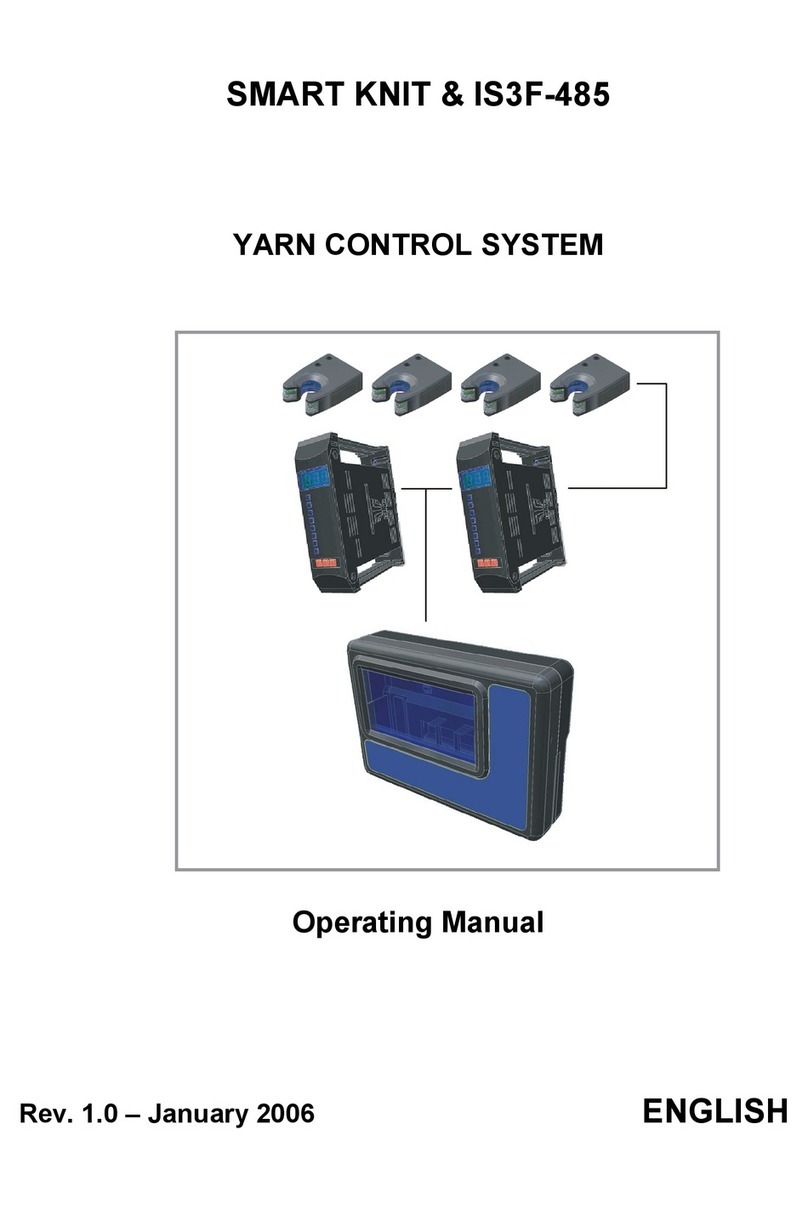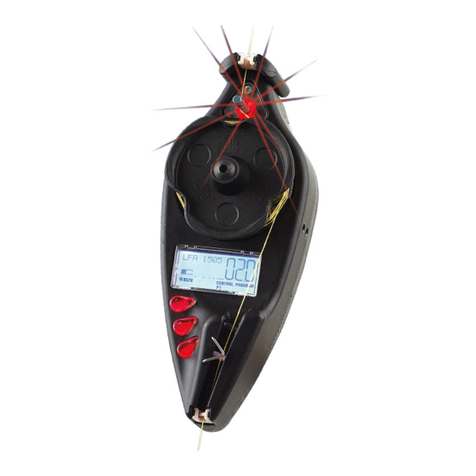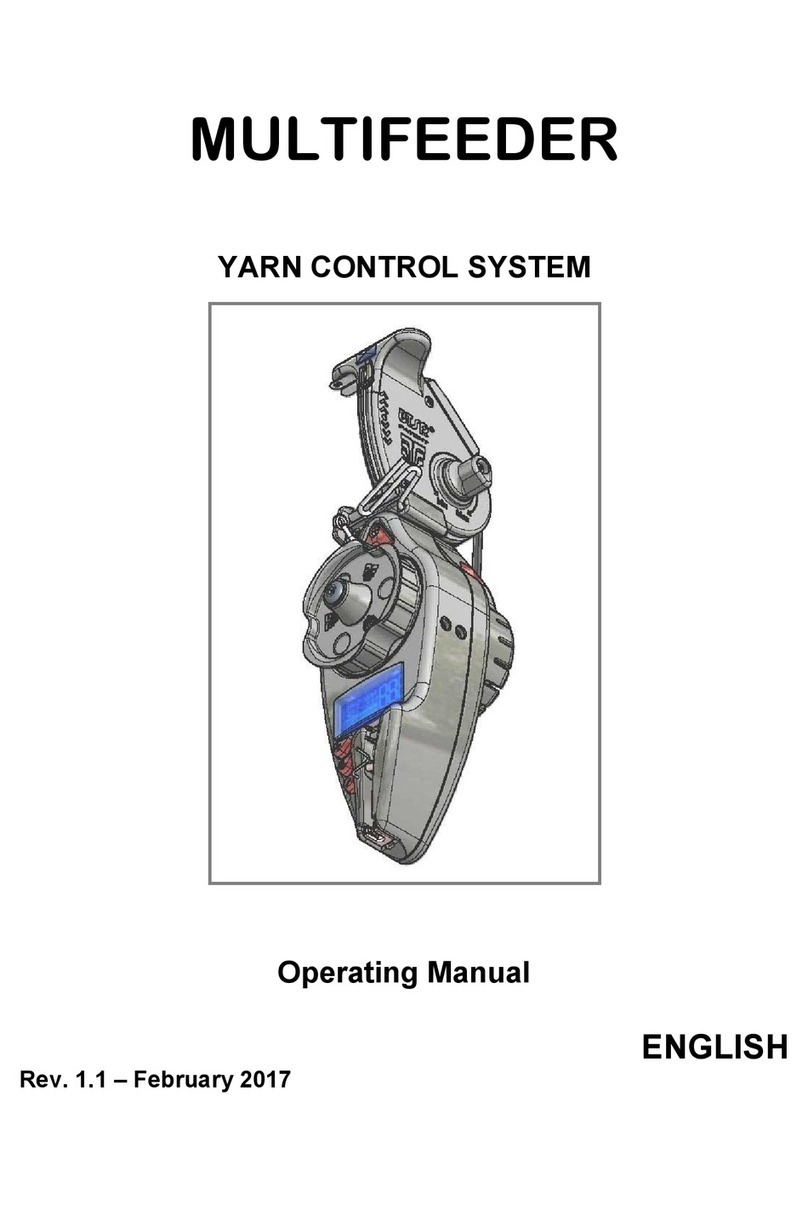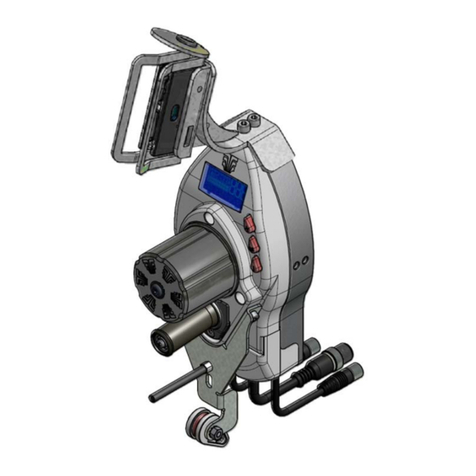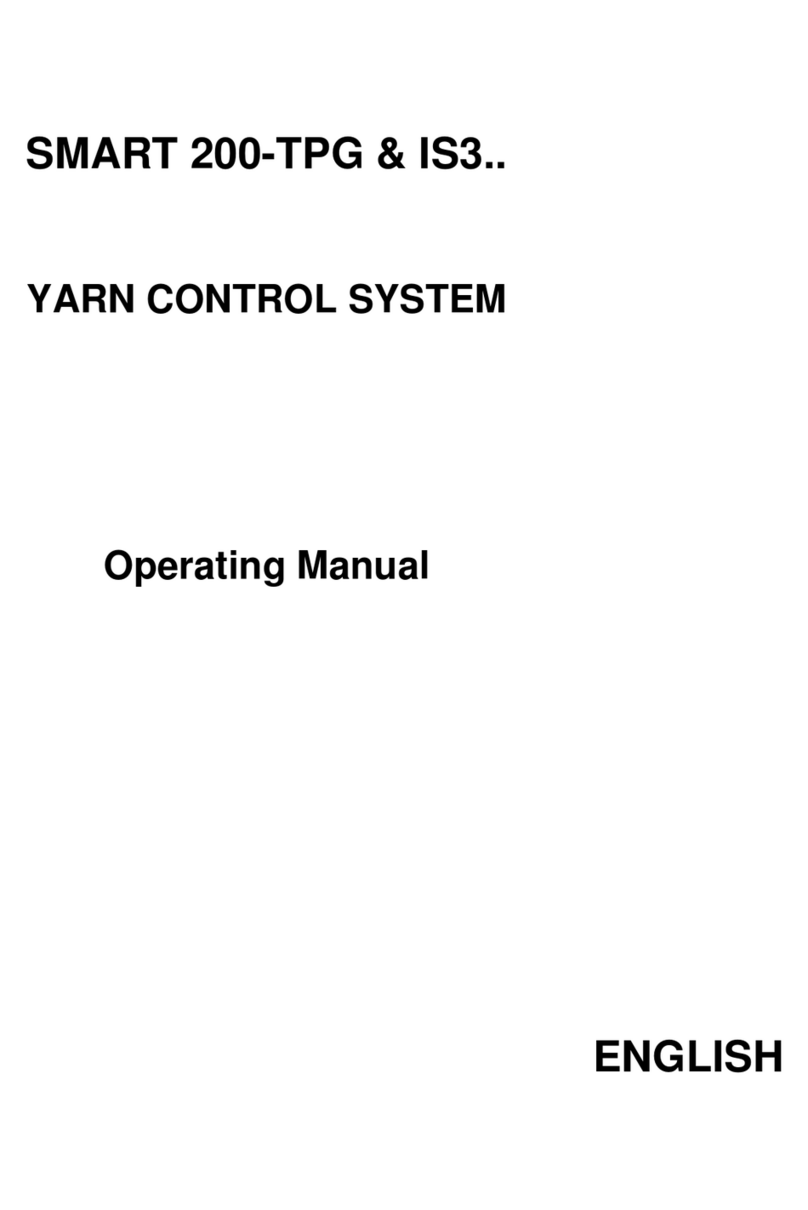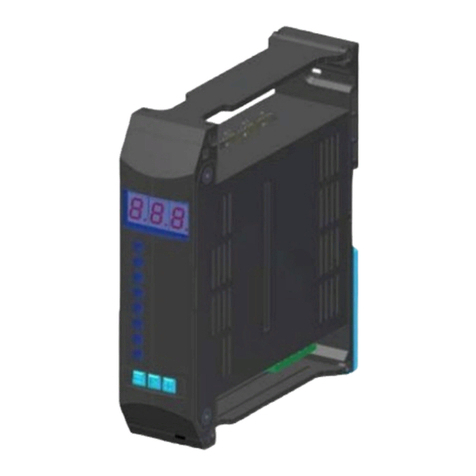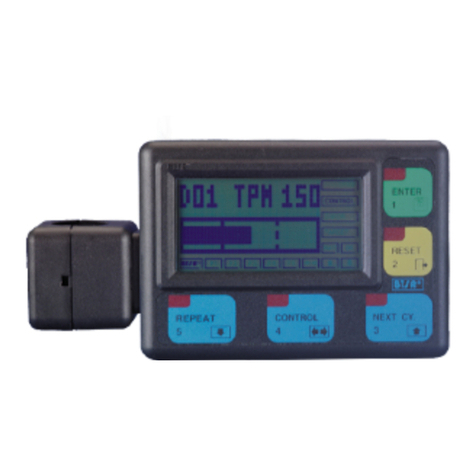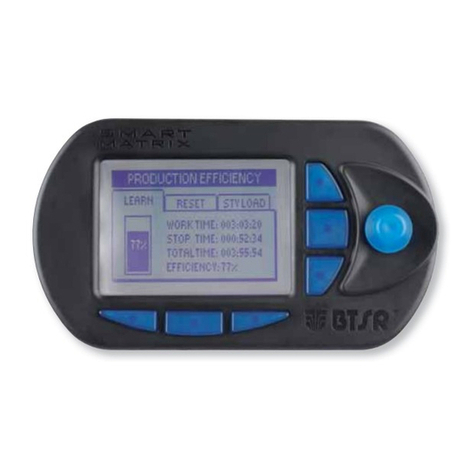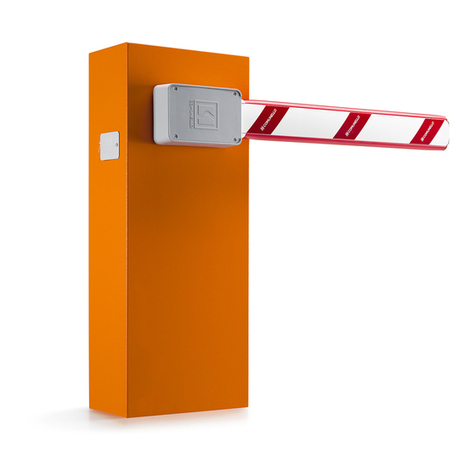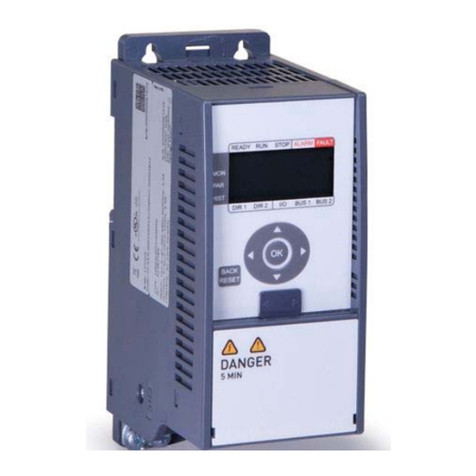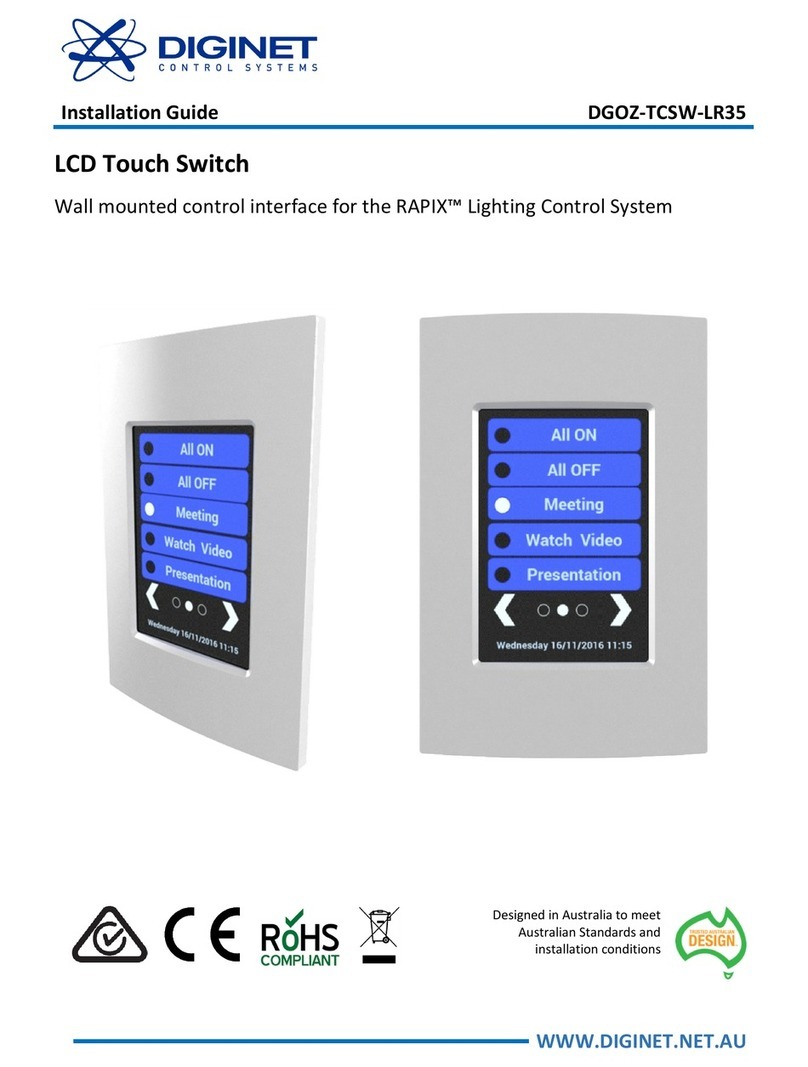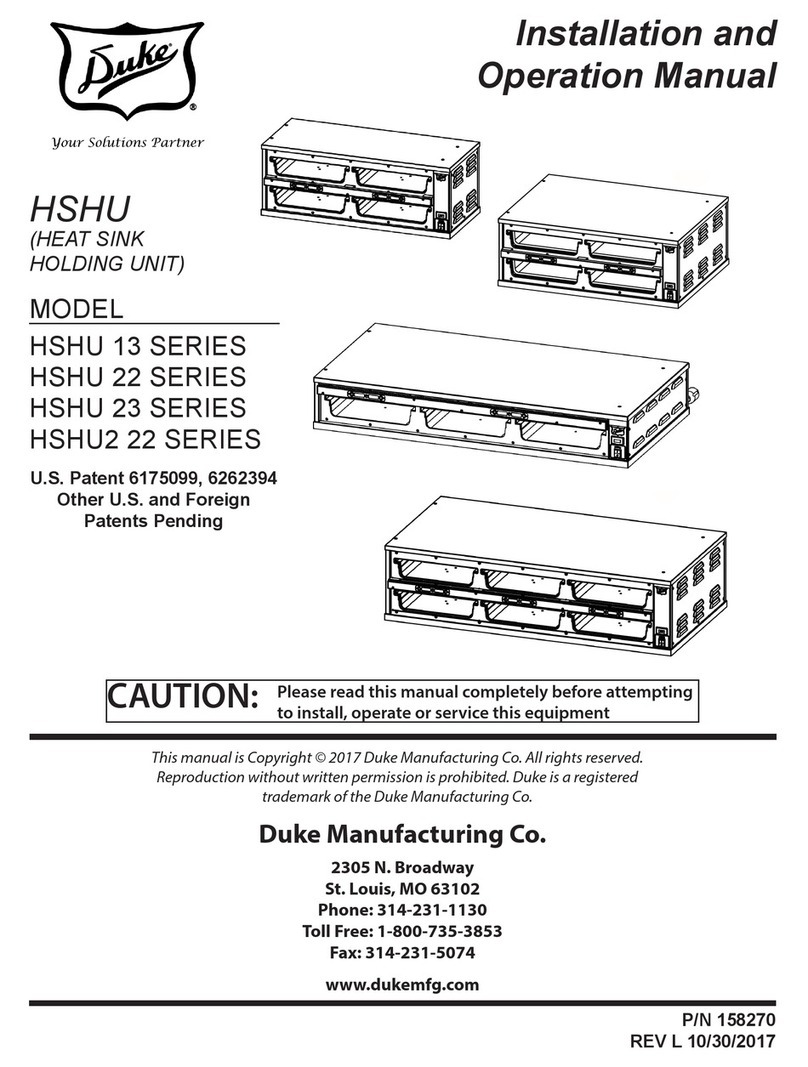
Table of contents
SMART 64 H / 200 K - i -
7$%/(#2)#&217(176
7$%/(#2)#&217(1767$%/(#2)#&217(176
7$%/(#2)#&217(176#
##
#
INTRODUCTION
How to use this Manual............................................................................................................................................. I.1
Symbols used .............................................................................................................................................................. I.2
Chapter 1 - OVERVIEW
System Components...................................................................................................................................................1.1
System’s Operating Principles..................................................................................................................................1.1
Special Features of SMART 64 H / 200 K System...................................................................................................1.1
General Features of SMART BTSR systems...........................................................................................................1.2
Chapter 2 – TECHNICAL DATA AND INSTALLATION
Technical Features.....................................................................................................................................................2.1
Installation..................................................................................................................................................................2.1
Electrical connections ............................................................................................................................................2.1
Example of Generic Application Connection on Small Circular Knitting Machines...........................................2.2
Connecting cables and Power supply devices......................................................................................................2.3
External RESET Connection................................................................................................................................2.4
Chapter 3 – OPERATING
SMART 64 H / 200 K Terminal Features ................................................................................................................3.1
Meaning of Red Leds inside the SMART 64 H / 200 K Terminal’s.......................................................................3.2
IS3.. Sensors Features................................................................................................................................................3.3
Types of IS3.. sensors.................................................................................................................................................3.4
Function of the IS3.. Sensors.....................................................................................................................................3.4
Installation of the IS3.. Sensors.............................................................................................................................3.5
Interpretation of the signalling lights located on the sensors.................................................................................3.5
Settings that affect the sensor detection features.....................................................................................................3.6
Programming examples for F_START/F_STOP and relevant sensor delays .........................................................3.7
Preliminary operations for using the SMART 64 H terminal................................................................................3.8
Operating Sequences..................................................................................................................................................3.9
Activating the Learning Cycle (LEARN)...............................................................................................................3.10
Display Messages during the Control Phase..........................................................................................................3.11
Summary Diagram of SMART 64 H / 200 K Programming/Configuration Menu............................................3.12
P1 Programming Level............................................................................................................................................3.13
SYNC: Proxy / Encoder Pulse Divisor ...............................................................................................................3.13
ZERO: Machine Zero Signal Divisor.................................................................................................................3.14
PHASE: Tolerance on Phase Errors ..................................................................................................................3.14
DEVICES: IS3.. Devices Connected to the System...........................................................................................3.15
Global Automatic Numbering............................................................................................................................3.15
Single Sensor Numbering...................................................................................................................................3.15
Replacing a Sensor.............................................................................................................................................3.16
Adding a New Sensor.........................................................................................................................................3.16
KEY_COD: Password to Access the Programming Menus .............................................................................3.17
K_LEARN: Password to Access the Learning Function..................................................................................3.17


